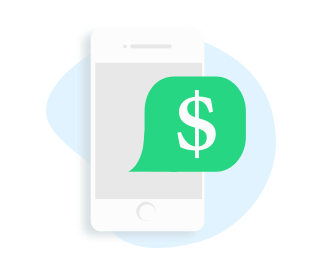What are overdraft fees?
If you have a checking account and debit card, chances are you’ve seen a pesky fee on your bank statement called an “overdraft fee” or “non-sufficient funds fee” that deducts about $34 from your balance. Sometimes you’ll even see a few of these fees in a row. What is this fee exactly?
If you were charged an overdraft fee, you likely made a transaction for an amount that was greater than what you had in your checking account. To allow your transaction to still process, the bank lets you overdraw your account. Sounds nice, right? Wrong!
With overdraft fees, your bank will let you withdraw money from an ATM, make a debit card purchase or write a check for more cash than is in your checking account. However, you’ll pay for this — about $34 per overdraft transaction.
Overdraft fees bring in big, big profits for banks. How big? Banks made at least $33 billion in overdraft fees last year, according to a report from Moebs Services.
How to avoid overdraft fees
1. Call your bank and ask them to refund your bank fees. There’s a chance they will listen to your request and credit you back with your bank fees.
2. Opt out of overdraft protection on your bank account. This way you won’t be able to make transactions when your balance is below $0, but you also won’t get slammed with surprise fees. (Note that banks will still charge non-sufficient fees on automatic payments that your balance won’t cover.)
3. Set up low balance alerts with your bank. Receive a notification from the bank if your balance dips below a certain amount, say $50.
4. Sign up for Brigit and enable notifications. We’ll let you know if you’re likely to overdraft.
Sign up for Brigit

Get cash fast1

Get approved in minutes
Just one subscription fee
We never charge late fees and there’s no tipping
Free extensions
Get flexible repayment
options at no added cost.